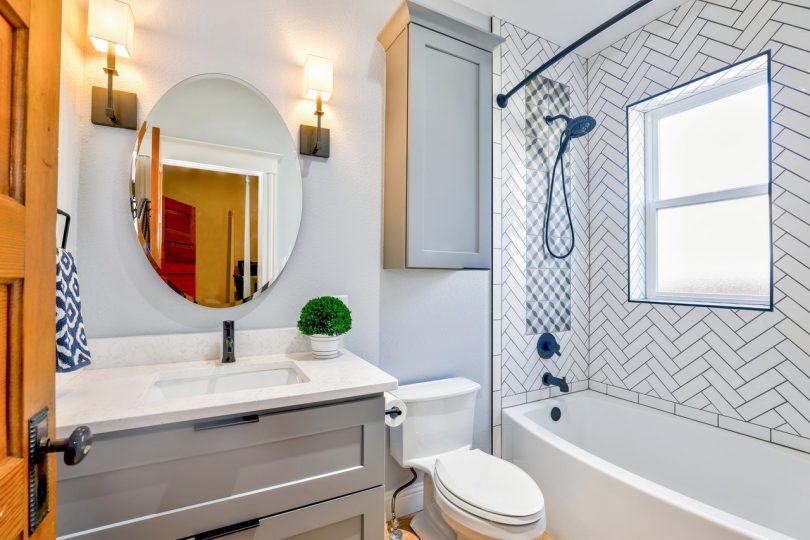Mould is not only unattractive and stinky, but it can also offer significant health risks to persons with mould allergies, lung illness, or immunological diseases.
The kitchen and bathroom are the two most typical places in the home for mould and mildew to grow since these are the rooms where moisture and warm air are most likely to be created — through activities such as boiling a kettle or taking a shower, for example. Fortunately, removing mould and mildew from these locations is relatively simple if the person has the correct equipment. Several natural solutions are available in addition to commercial mould and mildew removers.
Methods of maintaining a hygienic bathroom
Make sure the bathroom is well-ventilated.
Every time the shower or tub is used, the tiled walls become wet, and the water droplets take a long time to evaporate, especially if the bathroom isn’t well-ventilated. Clean the shower cubicle or bathtub with a squeegee after each use.
Bathmats, Shower Curtains, and Dry Towels
For example, towels, bathmats, and shower curtains are excellent mould growing grounds. Allow them to dry after each usage completely, and wash them regularly.
Look for cracks in the tile and damp drywall.
Water can leak through cracked tiles or broken grout and into the drywall or flooring underneath them, necessitating rapid repairs. Mould thrives in damp walls and wood, and it’s especially tough to get rid of mould under bathroom tiles.
Make Use of Bathroom Paint
Use a semi-gloss paint finish to produce a water-resistant surface on painted bathroom walls. Consider painting with mould-inhibiting antimicrobial chemicals or adding mould inhibitors to the paint before applying it.
Use of a Mould Remover
Using a mould remover spray is frequently the most convenient alternative. These sprays require no preparation and usually contain bleach as an active component, efficiently attacking and destroying the spores that cause mould. A store-bought spray is thus an excellent choice for highly severe mould infestations or for individuals who are short on time.
Getting Rid of Mould in the Bathroom using Mould Remover Spray
Step 1: Spray the mould with mould removal spray. This spray has a unique mix that kills fungi like mildew and mould. Then, using a sponge or toothbrush, scrape the mould away.
Step 2: After washing the area, fill a spray bottle halfway with water and bleach and apply it to any lingering stains to remove them. Keep it soaked for a few minutes before scrubbing the spots with a toothbrush until they are gone.
Step 3: Spray distilled vinegar over the surface of the shower to destroy mould spores and delay regrowth. Allow the vinegar to dry completely before proceeding to the next step.
Step 4: Using a clean cloth towel, thoroughly dry any residual damp surfaces. Make the bathroom airy.
Conclusion
Mould removal is a difficult task, but it is necessary for your health and the durability of your property. To prevent mould from returning and causing more harm, it’s critical to employ the correct products and procedures to remove it from your bathroom. Ensuring the area is thoroughly cleaned regularly is crucial in preventing mould growth.









